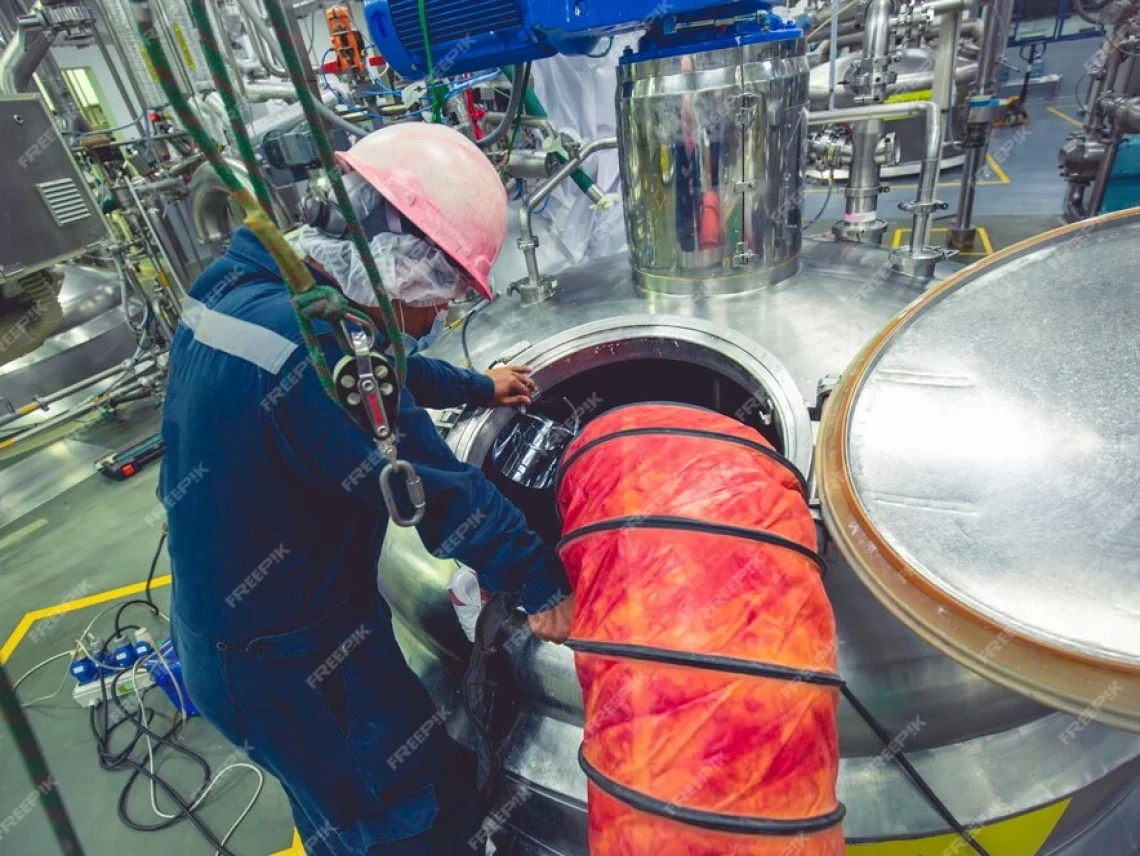
Table of Contents
ToggleA well-functioning pressure tank keeps water pressure steady, reduces pump cycling, and extends the lifespan of your entire system. Without proper adjustment, you risk inconsistent water flow, pump strain, and costly repairs.
Wear safety goggles and gloves.
Turn off the power supply to the pump system.
Shut off the water supply if connected to a larger system.
Before you begin adjusting or recharging your pressure tank, always prioritize safety:
Tire pressure gauge
Air compressor or hand pump
Adjustable wrench or pliers
Teflon tape (for sealing connections)
Shut off the pump and water supply.
Open a nearby faucet to release pressure from the system.
Confirm the tank reads 0 psi using a tire pressure gauge.
The air valve is usually near the top or side of the tank. Remove the cap to prepare for adjustment.
Attach an air compressor or hand pump to the valve.
Slowly add air until the pressure is 2 psi below the cut-in pressure of your pump switch (commonly 28 psi for a 30/50 switch).
Example: If your pressure switch is 30/50, set the tank to 28 psi.
Check the reading frequently while adding air. Over-pressurizing can damage the bladder or diaphragm.
Tightly close the valve and apply Teflon tape if needed to prevent leaks.
Turn the pump and water supply back on.
Let the system cycle and confirm stable pressure.
Monitor over a few hours to ensure no significant pressure drop.
If you notice repeated pressure drops or waterlogged tank issues, the bladder may be failing. In that case, consult a professional. You can also explore signs of system malfunction in related guides like Signs of Combi Boiler Expansion Vessel Malfunction and A Deeper Dive into Detecting a Faulty Expansion Vessel.
Adjusting a pressure tank doesn’t have to be intimidating. With the right tools, careful monitoring, and a step-by-step approach, you can restore proper water pressure and extend the life of your system. Think of it as regular maintenance that prevents costly breakdowns and ensures your household or business runs smoothly.
Need expert help with pressure vessels, tanks, or system design? At Red River, we specialize in American-made pressure vessels, prefabricated spools, and modular skid packages.
Reach out to our team today and experience the Red River difference.
If your pump cycles on and off frequently or water pressure fluctuates, it’s time to check your tank.
Generally, 2 psi below your pump’s cut-in pressure (e.g., 28 psi for a 30/50 switch).
Yes, but follow safety steps. If you suspect internal bladder damage, call a pro.
Over-pressurization can damage system components. Learn more in What Happens if There’s Too Much Pressure Inside the Boiler.
Always set tank air pressure 2 psi below cut-in pressure.
Use a tire gauge and adjust slowly.
Inspect valves and seals to prevent leaks.
Repeated issues may signal bladder failure—seek professional help.
Related reading: Signs of Combi Boiler Expansion Vessel Malfunction
For additional knowledge, you can also review educational resources like EPA Guide on Private Wells and USGS Groundwater Basics.
Table of Contents
ToggleIn the realm of industrial solutions, Red River emerges as a pioneer, offering a diverse range of custom-engineered products and facilities. Among our specialties is the design and production of Custom/OEM Pressure Vessels, meticulously crafted to meet individual client requirements, ensuring performance under various pressure conditions. Our expertise extends to the domain of prefabrication, where Red River leads with distinction.
The company excels in creating prefabricated facilities, modules, and packages, reinforcing its stance as a forerunner in innovation and quality. This proficiency is further mirrored in their Modular Skids offering, where they provide an array of Modular Fabricated Skid Packages and Packaged equipment. Each piece is tailored to client specifications, underlining their commitment to delivering precision and excellence in every project they undertake.